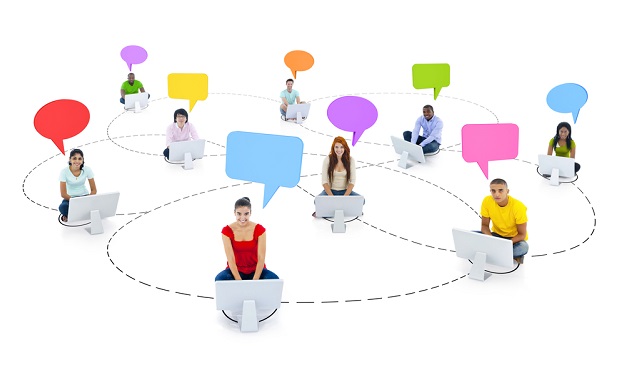Upskilling and reskilling to adapt to an evolving workforce
Workers are searching for what’s next—whether it's directly related to their current position or a completely different venture.

Online courses or lectures can be assigned as pre-work, while in-person sessions focus on hands-on practice and discussion. In 2020, Udemy expects more companies will rely on social learning.
According to the World Economic Forum report published in October, the rapid acceleration of automation and economic uncertainty caused by the pandemic will shift the division of labor between humans and machines, leading to 85 million jobs being displaced and 97 million new ones created by 2025.
Related: Amazon plans to reskill 29 million people worldwide for cloud-computing jobs
Workers are searching for what’s next—whether it’s directly related to their current position or a completely different venture. At every level, from C-Suite to individual, people are focused on upskilling and reskilling for the jobs of the future. To make this happen, learning must be at the core.
Where are the jobs going?
Recently, McKinsey research showed that across the eight focus countries, more than 100 million workers – 1 in 16 – will need to find a different occupation by 2030. These roles are disappearing from retail and hospitality, but fortunately, they’re mostly being replaced by ecommerce, health care and technology.
Case in point, LinkedIn predicts 150 million tech or tech-adjacent jobs over the next five years. From what we’ve seen, the most popular jobs on the rise include professionals on the front line of ecommerce, health care supporting staff, digital content creators and developers/engineers. These jobs are critical for organizations to succeed in the future, and should be under serious consideration when determining a new career path. While jobs are disappearing and being replaced with machines in some fields, there is just as much potential for emerging jobs – if only people knew where to look.
How can you get there?
It may seem overwhelming to make the leap from hospitality to data science, but according to our 2021 Workplace Learning Report, we found half of the employees surveyed who moved into data science and artificial intelligence roles came from unrelated industries. That number jumps when we look at other roles, like sales, where 75% of people transitioned without previous experience. As more people build learning habits into their everyday practice, they gain the confidence to look outside their typical skillsets and break into new fields. The old adage “you can’t teach an old dog new tricks,” has officially expired. Anyone can continue to evolve; anyone can learn new things—it’s the beauty of being human and a mechanism to level the playing field.
The reality is, people are learning new skills and actively seeking their own personal skill development more than ever before. LinkedIn members are learning at record rates, watching more than a million hours of learning content each week, more than double the amount watched one just a year ago. Even Gen Z learners, who are fresh out of their schooling, are continuing their education—watching 50% more hours per learner of learning content last year versus the previous year.
In order to prepare for the demands of our future workforce head on, people must shift their mindset. Gone are the days where the requirements of your role are stable and unchanging. The future of work is agile and ever-changing. It requires us to not only build new skills, but new habits – incorporating proactive learning into a regular part of our workflow.
What are the top skills you need?
Folks who have had more years of experience are looking to hone their leadership chops whereas those who are newer to the workforce are zeroing in on skills that can help them get hired. For example, older generations are focused more on developing their soft skills – such as communication and leadership – while Gen Z are spending their time learning how to be more productive as well as business and technology basics – from learning how to code Python to understanding online marketing foundations.
At any point in your career, demonstrating your new skills on your LinkedIn profile or resume will increase your chances of landing the job, but especially during the hiring process. We found hard skill courses help professionals land one of the jobs identified by Microsoft and LinkedIn as the most in-demand in today’s economy—jobs in software development, project management, data analysis, marketing, and more. This is likely because many of these courses can help you earn certifications that allow you to stand out from other applicants. Applicants with LinkedIn Learning certificates have a 9% higher chance of getting hired compared to those that don’t.
In this chaotic time, where many things feel out of our control, one thing we can control is our own dedication to improving ourselves. As we take the time to learn and broaden our breadth of knowledge, we put ourselves in a better position to adapt with an ever-changing labor market.
Amy Borsetti is senior director of LinkedIn Learning.
Read more:

